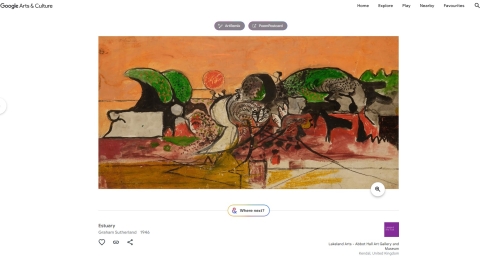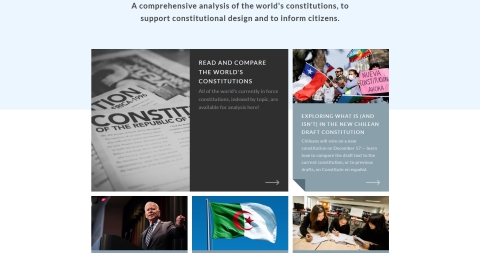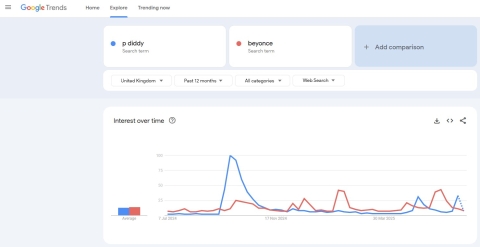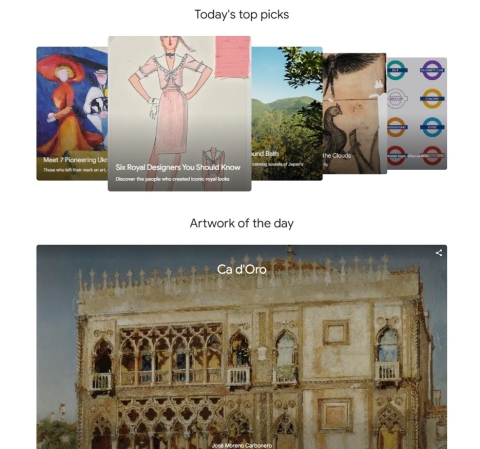
Main navigation - Library
Secondary Menu - Library
Secondary menu
Search suggestions update instantly to match the search query.
Google's hidden databases

Google has been hiding things from you. Good things, no less!
I am usually trying to persuade you of the value of library databases, from ARTstor to VADS (commercial art and advertising) and the Wellcome Collection of medical images (click here for a full list of our image resources). Sometimes, you just want to Google something and look for images that meet a vague description without anything to guide your search (other than a secret search algorithm, lots of machine learning, and all the contextual information Google probably knows about you) or you want information of a type that is not always built into a database because it doesn’t qualify as academic, even though it might be of great academic interest to explore what it shows. That’s where Google’s hidden databases come in oh, so handy.
Well, these tools may have been built by Google but their results won’t necessarily turn up in a normal Google search – these are the secret, hidden databases Google built.
Constitute
Constitute gives you access to English translations of constitutions (or the nearest available equivalents, such as Magna Carta for the UK) for all the world’s countries. The Data Stories tab offers a growing collection of articles exploring themes and ideas with a constitutional theme built using Google datasets, including explorations of constitutional matters and conflicts.
Just one word of caution: I’m not sure how rapidly this website gets updated following constitutional changes, which might be important if you are studying a region that is currently politically unstable.

Screenshot from the Constitute Project
Google Trends
Originally developed to help with search engine optimisation, Google Trends shows the relative (%) frequency of one or more search terms, separated by commas, in searches across a specified timeframe. This tool can be useful for monitoring shifting public interest over time products, people, companies, innovations, scandals, and so on, over time. You can restrict your results to specific topics or locations. You can even see “related queries” and use these to run date-limited Google Web and Google Books searches to investigate trends further, for example to investigate what news/events preceded/contributed gave birth to a trend or sudden increase in interest and awareness in a person or brand.
Remember that what you are seeing here is what people searched for at a particular time. If you are interested in the usage of a word in the English language overall, you might be better off looking in the Oxford English Dictionary Online, which will tell you everything about an English word from its origins to its usage patterns, including whether anyone uses it any more.

Patterns in public gossip over time about different celebrities make fascinating viewing
Google Arts & Culture

I may have mentioned this last one before. Google Arts and Culture includes galleries, artists, stories, images of paintings, museum artefacts, and a fascinating ‘colour explorer’ tool that enables users to select colours from any image in the database or from a digital image they upload and find other images that share its colour palette, optionally filtered by the addition of one or more simple search terms. This provides a wealth of design ideas and creative inspiration and can be used to find artworks that share a colour palette with an organisation’s brand colour palette.
Clearly, copyright is of concern when using such images. An alternative that searches only Creative Commons licensed content on Flickr is TinEye’s Multicolr search tool. You can obviously search the Creative Commons through their own search engine, now called OpenVerse. This search tool is even more sophisticated than Google’s Arts and Culture database, allowing users to choose up to five colours from an image and further specify the proportions these colours should appear in related images.
Do you have any hidden databases you secretly love? Let us know in the comments!

